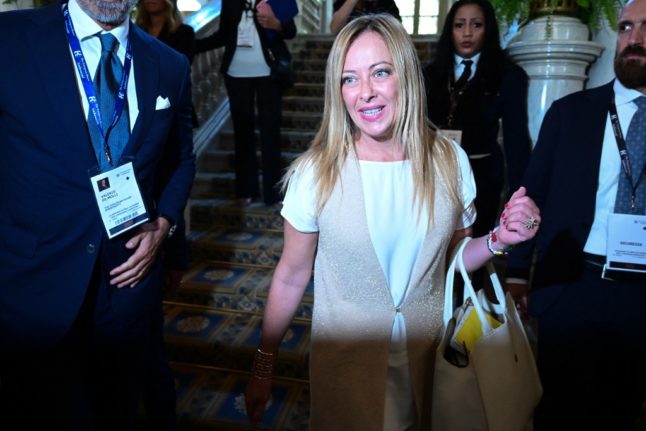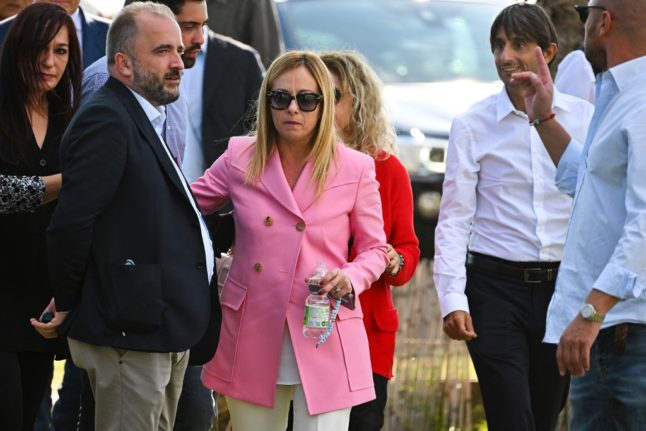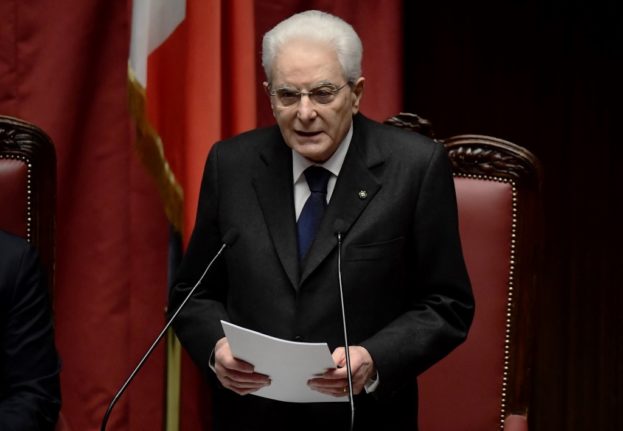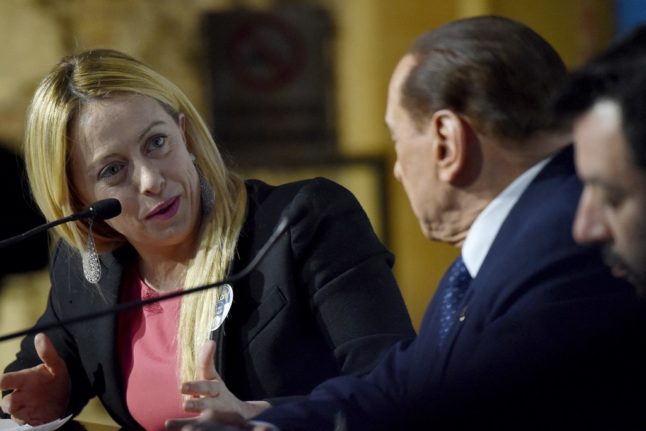Italy’s upcoming vote is unusual in all sorts of ways, not least in that the country has never before held an election campaign during the summer.
Added to recent electoral reforms and the current political climate, this will be an election with a difference (or five), and no doubt with major historical importance.
Here’s a quick look at some of the most noteworthy things we’ll likely see at, or after, the coming election.
The right-wing alliance is expected to win by a landslide
While it’s hard, if not impossible, to forecast election results with complete certainty, it’s fair to say the outcome in this case looks like a foregone conclusion.
Italy’s post-fascist Brothers of Italy party and its right-wing coalition partners have been consistently polling way ahead of other parties since the early election was called.
ELECTIONS: Italy’s hard-right parties hold the lead in final opinion polls
The right-wing alliance still held a significant lead of almost 20 points as the last opinion poll results came in on Friday, before polling was paused for the two weeks ahead of the election.
The coalition, which includes Meloni’s post-fascist Brothers of Italy party, Matteo Salvini’s anti-immigrant League, and Silvio Berlusconi’s Forza Italia, is forecast to pocket some 46 percent of the vote.
Brothers of Italy was previously unheard of, and polled at four percent in the last election in 2018 – but has taken a lot of support from the League.
Meanwhile the left-wing alliance, led by the Democratic Party (PD), looks set to take around 28 percent of the vote, while the populist Five Star Movement (M5S) could take 13 percent, according to the last YouTrend poll before the pre-voting embargo began.
In a startling move, the leader of the PD has already admitted defeat, even though analysts say a large number of undecided voters means there is still “some margin” for surprise.

Italy could have its first female – and post-fascist – prime minister
With the right-wing alliance set for an easy victory, as the leader of the party set to take the largest share of the vote overall Giorgia Meloni would be in line to take the top job, becoming Italy’s first-ever female prime minister.
She would also be the first prime minister from a post-fascist political party – and the resulting government is likely to be the first far-right administration in postwar Italy.
READ ALSO: Who is Giorgia Meloni, Italy’s likely next prime minister?
Born in Rome, 45-year-old Meloni has had a long political career, starting out as a teenage activist with the youth wing of the Italian Social Movement (MSI), formed by supporters of fascist dictator Benito Mussolini after World War II.
Her Brothers of Italy party grew out of this post-fascist movement, but Meloni has sought to distance it, and herself, from this history – while refusing to renounce it entirely.
The new government may be able to rewrite the constitution
At this point, the question people in Italy are asking is not whether the right will win the election, but by how much.
Polls show it has a good chance of not just winning, but winning with an unprecedented ‘super majority’ – which could give a resulting government a mandate to change the Italian Constitution without consulting the public via a referendum.
EXPLAINED: Who’s who in Italy’s general election?
With other political forces divided, the right-wing alliance is close to achieving the necessary two-thirds majority in both the Lower House and the Senate.
The right is 19 percent ahead of the centre-left bloc in the run up to the election, and needs a lead of at least 21-22 percent to secure a qualified majority in both houses, according to projections.
Younger people have more voting rights this time
Italy’s political leaders’ sudden interest in the teen favourite social media platform TikTok during this election campaign may have something to do with the fact that they increasingly need the support of younger people – even in a country like Italy, with an overwhelmingly older population on average.
Up until last year, not all Italian adults could fully participate in the country’s elections as voters needed to be over the age of 25 to vote for senators.
This changed with a reform passed by parliament in July 2021, which means that an additional 3.8 million voters aged between 18 and 25 will be able to vote for their representatives in both the lower house and the senate in the upcoming election.
Plus, there are lots of undecided or uninterested voters in this age group: only 48 percent of voters under the age of 35 are planning to turn up at the polling station on September 25th, according to polls.

There are fewer seats available in parliament
One thing that makes it harder to predict the outcome of the election this time is that the makeup of both houses of parliament has changed, and so has the way lawmakers are elected.
Constitutional reforms approved in a 2020 referendum cut the number of senators to 200 from 315, and deputies (MPs) to 400 from 630. As a result, constituencies have been remapped and enlarged.
The reforms also mean seats are allocated via a combination of proportional representation (PR) and first-past-the-post (FPTP) electoral systems.
This means that about 37 percent of seats will this time go to the candidates that win the most support in constituencies, while the rest will be allocated in proportion to the number of votes they receive at the national level.
This system encourages parties to form coalitions – a very common feature of Italian election campaigns, as well as resulting governments – because that increases their chances of winning the first-past-the-post seats.
Find all the latest news on Italy’s election race here.





 Please whitelist us to continue reading.
Please whitelist us to continue reading.
Member comments